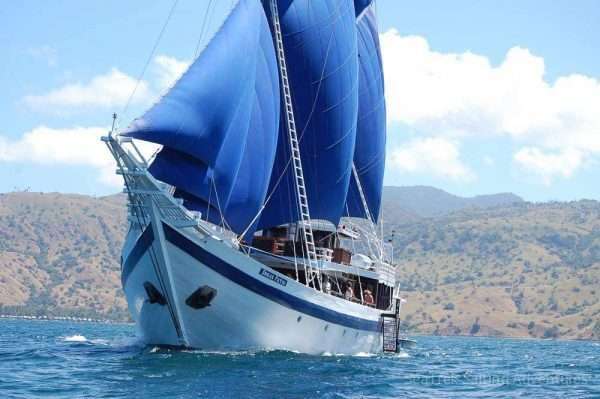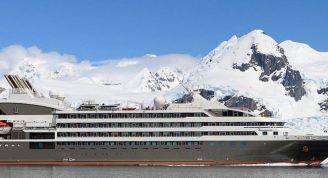Description
Indonesia has more endemic birds than any other country, most of which can be found in the biogeographical region of Wallacea, which was named after the great naturalist and explorer Alfred Russel Wallace. Whether you are a mere nestling who is new to bird watching, a fully-fledged birder, or a seasoned twitcher, this expert-led, ten-day ornithological voyage through the remote, rainforest-clad islands and nature reserves of East Sulawesi presents a fantastic opportunity to add some significant numbers to your lifelists. Birding in Sulawesi is an amazing experience because 96 of the 507 species birds that have been recorded here are endemic or near-endemic, and if you are a first-time visitor, you will be forgiven for thinking that you are in that avian paradise, which you have always dreamt of, where almost every different species you see will be a new one. Your sightings will be rich with spectacular birds that might include the Purple-bearded Bee-eater, the Purple-winged Roller, the Golden-mantled Racquet-tail, and the Lilac-cheeked Kingfisher. Sulawesi’s signature bird is the Maleo, an odd megapode, which lays its eggs in the warm volcanic soils, and you will have the chance to visit a couple of nesting sites, where you may be lucky enough to see some pink-flushed adults digging in the sand in preparation to lay their eggs. There will also be some fabulous raptor watching opportunities, with possibilities to see the Sulawesi Serpent-Eagle, the Sulawesi Hawk-Eagle, Black Eagles, Rufous-bellied Eagles and Black Kites.
Every day from dawn until midday will be spent bird watching and trekking on the various islands in the company of professional spotters. In the afternoons there will be opportunities to do some snorkelling on the colourful coral reefs and to visit remote villages in the area, but of course, the afternoons can also be a time for trekking and bird watching ashore. Please be aware that the itinerary may be subject to change, depending on tides and weather conditions.










